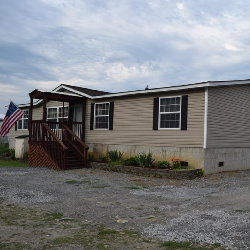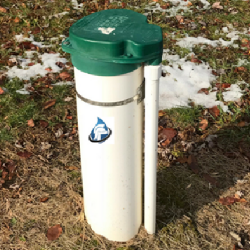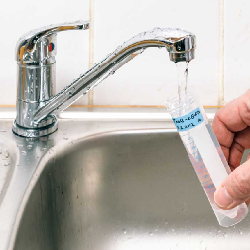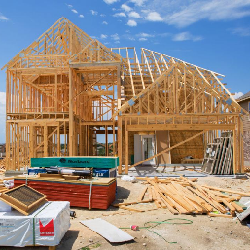CSST or Corrugated Stainless-Steel Tubing is a flexible pipe often used for gas fuel distribution to appliances within a home or a building. You can immediately recognize CSST as it is yellow in color as shown in the above picture.
A little background on CSST is that Japan introduced it to the world in the 1980’s as an alternative to the traditional iron pipe in order to prevent damage during earthquakes. The damage to hard pipes and fittings often resulted in many fires so the Japanese looked for alternative means of gas distribution. What they finally decided on was the use of CSST as it is very flexible and therefore can withstand the movement from an earthquake better than a fixed pipe. What they also liked in CSST is the added benefit of being easier to install than traditional hard pipes.
In the 1990’s, CSST made its way to the United States as contractors and manufacturers saw the cost savings of installation. The ability to flex the material rather than cut and add fittings saved builders and installation companies money. Since 1990, it is estimated that more than 6 million homes in the U.S. have CSST piping installed.
So, you might be wondering “Is there a concern with CSST.” Although CSST provides many benefits in cost savings during installation, it also presents a danger when the product becomes “electrically charged”. It has been found that electrical events, like a lightning strike or power surge, can cause damage to the CSST piping often resulting in a fire! CSST fires often occur when electricity traveling through the tubing cannot find a route to the ground. When this happens, electric can damage the CSST tubing and therefore allowing gas to escape resulting in a well fueled fire which can destroy a home or building in minutes. So, as you can see CSST has its advantages of being cost effective and easier to install but can also have the same effects of hard pipe in which a fire can ensue. Therefore, be sure that your gas distribution system is bonded and the use of CSST is minimized.



















